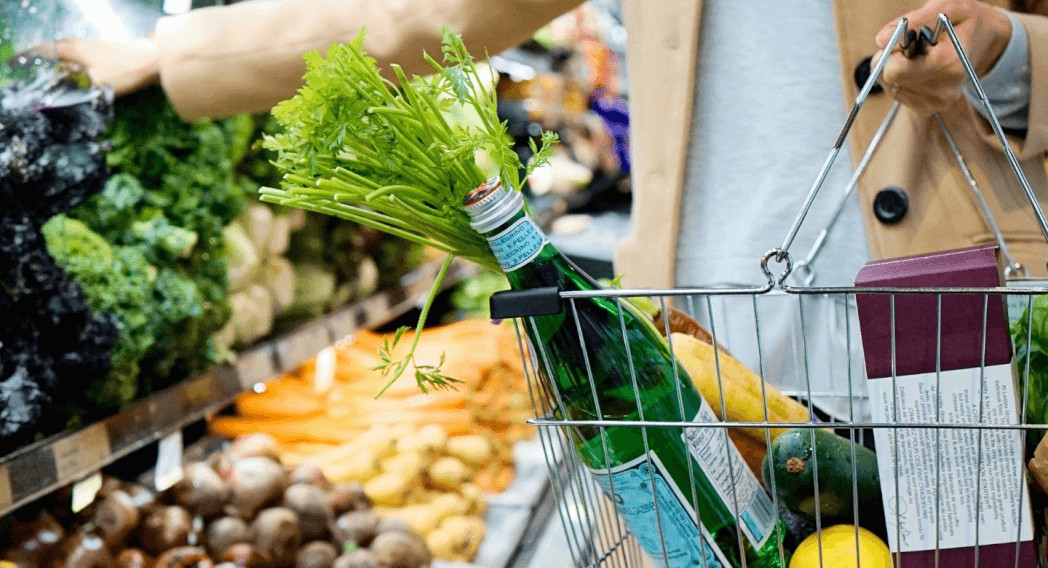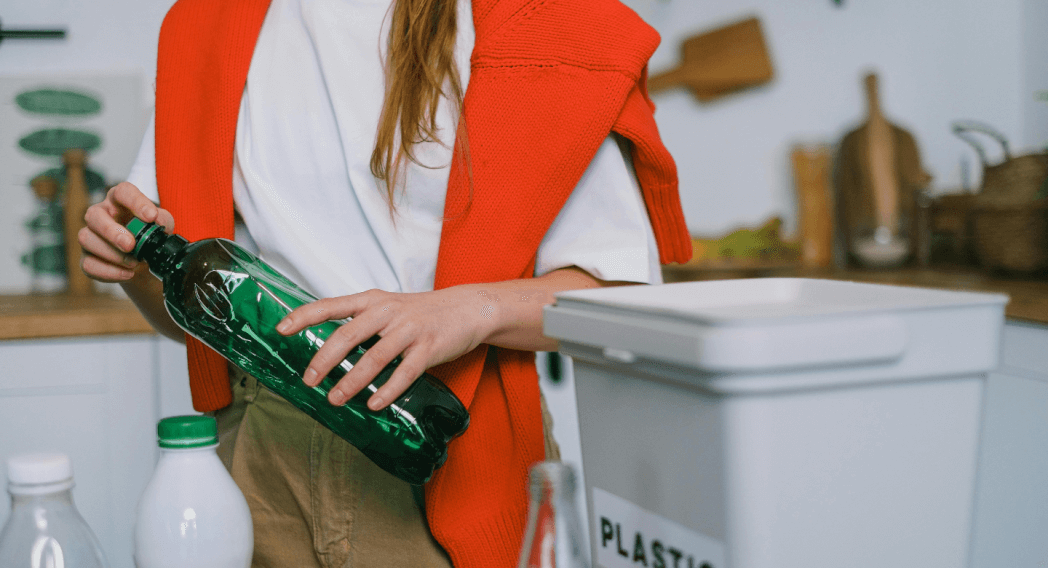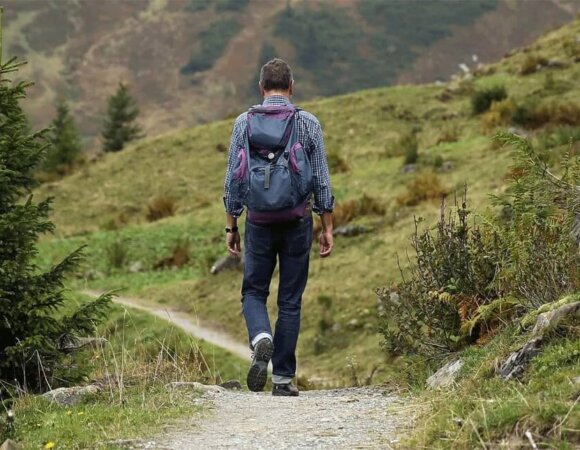What are the 3Rs of Sustainability
The 3Rs of sustainability—Reduce, Reuse, Recycle—are essential practices for minimizing waste and promoting environmental conservation. By adopting these simple actions, we can collectively make a big impact
Table of Contents
ToggleEvery year, the world generates over 2 billion tons of waste, and this figure is expected to grow by 70% by 2050 if current trends continue. Plastic alone accounts for over 300 million tons, much of which ends up polluting our oceans, harming marine life, and disrupting ecosystems. The question is: can we turn the tide on this growing crisis?
The 3Rs of Sustainability: Reduce, Reuse, and Recycle are at the heart of combating this environmental challenge. These principles offer a simple yet powerful framework to minimize waste, conserve resources, and protect the planet. By reducing what we consume, reusing what we already have, and recycling materials responsibly, individuals and communities can play a vital role in creating a sustainable future.
Understanding the 3Rs of Sustainability
What Are the 3Rs?
The “3Rs of sustainability” – reduce, reuse, and recycle – have become central principles in promoting environmental sustainability. The concept is widely believed to have emerged in the 1970s in the United States, a time when environmental concerns, particularly around air pollution, water quality, and waste management, were gaining significant attention. This shift in awareness can be attributed to several key events:
- First, in 1970, U.S. Senator Gaylord Nelson organized the first Earth Day, which brought together around 20 million Americans in support of environmental conservation.
- The growing public concern over environmental issues also led to the establishment of the U.S. Environmental Protection Agency (EPA).
- Finally, the passing of the Resource Conservation and Recovery Act in 1976 marked a milestone in U.S. waste management policy, solidifying the 3Rs of sustainability as a key focus for reducing environmental impact.
These principles remain critical today in minimizing waste and conserving resources, making a positive impact on our planet’s future.
Why Focus on the 3Rs?
Focusing on the “3Rs of sustainability” – reduce, reuse, and recycle – plays a crucial role in addressing global environmental challenges like waste management, resource depletion, and pollution. The world faces increasing waste generation and depletion of natural resources, both of which contribute to environmental degradation. By implementing the 3Rs of sustainability, we can significantly ease these challenges, conserve resources, and reduce the overall impact on the planet.
The benefits of the 3Rs of sustainability extend far beyond environmental impact.
- For individuals, they can lead to cost savings through reduced consumption and less waste.
- Communities can thrive by reducing waste management costs and creating a cleaner, healthier environment.
- On a global scale, focusing on the 3Rs of sustainability can help slow down the depletion of essential resources, combat climate change, and reduce pollution, ensuring a more sustainable future for both people and the planet.
3 Rs- Reduce, Reuse, Recycle
Reduce: The First Step

It is the first R of the 3Rs of sustainability. Reducing refers to minimizing consumption and waste right at the source. It’s about making smarter choices that reduce resource use and lower carbon emissions. By reducing the amount of stuff we consume, we not only conserve resources but also decrease pollution, waste, and the environmental strain caused by overproduction. This principle is one of the most impactful ways to protect the planet and combat environmental challenges.
Examples of How Reducing Helps:
- Reduced Resource Use: Less consumption means fewer raw materials are extracted, conserving valuable resources like water, minerals, and fossil fuels.
- Lower Carbon Emissions: By reducing the demand for production, we can decrease the emissions linked to manufacturing, transportation, and disposal processes.
- Waste Minimization: Reducing the amount of items we consume prevents unnecessary waste from piling up in landfills and reduces the need for excessive packaging.
Simple Actions to Reduce:
- Mindful Shopping: Buy only what you need, opting for high-quality products that last longer, reducing impulse buys and overconsumption.
- Energy Conservation: Use energy-efficient appliances and turn off unused devices to lower energy consumption, save money, and reduce your carbon footprint.
- Minimizing Food Waste: Plan meals carefully, use proper food storage techniques, and avoid buying more than you can consume to reduce food waste and conserve resources.
Reuse: The Second Step

The Second R of the 3Rs of sustainability is Reusing means extending the lifespan of products by finding new, creative, or practical ways to use them instead of throwing them away. This helps reduce the demand for new items, cuts down on waste, and conserves the energy and resources needed to produce goods. Reusing is a powerful strategy in the fight against environmental degradation, as it allows us to get more value from the things we already own.
Examples of How Reuse Helps:
- Reduces Waste: Reusing items helps divert materials from landfills, minimizing waste and reducing the need for new raw materials.
- Conserves Resources: By reusing products and materials, we conserve valuable natural resources like water, energy, and raw materials used in manufacturing.
- Saves Money: Reusing products can lower costs for individuals and businesses by reducing the need to buy new items and lowering overall consumption.
Simple Actions to Reuse:
- Reusable Bags, Water Bottles, and Coffee Cups: Replace single-use plastic items with reusable alternatives to reduce waste and promote sustainable habits.
- Upcycling: It helps in transforming old objects into something fresh and useful. For example, use used jars as storage containers or make house décor out of wasted item.
- Donating or Selling Items: Give away or sell things you no longer need instead of discarding them. This keeps items in circulation and reduces the demand for new products.
Recycle: The Third Step

The last R of 3rs of sustainability is Recycling involves processing used materials, such as paper, plastic, and metal, to break them down into raw materials that can be repurposed to create new products. This helps to lessen the requirement for virgin materials while minimizing environmental effects. In a circular economy, products are designed to be reused, repaired, or recycled, reducing waste and the need for new resources. Recycling ensures that materials circulate in the economy, rather than being disposed of, thus promoting sustainability and resource efficiency.
Simple Actions to Recycle
- Proper segregation of waste: To recycle effectively, it’s important to separate recyclables (like paper, plastics, glass, and metals) from non-recyclable waste. This helps prevent contamination and ensures materials are processed correctly.
- Identifying and using local recycling programs: Many communities offer specific recycling services or drop-off centers. Be sure to familiarize yourself with local guidelines for what can be recycled and how to participate in these programs to make recycling easier.
- Avoiding contamination in recycling bins: In recycling containers, Contamination occurs when non-recyclable substances (such as food waste or plastic bags) are combined with recyclable materials. This might render the entire batch of recyclables useless. Always clean and dry objects before putting them in the recycling container.
- Highlighting recycling symbols and what they mean: Recycling symbols on products indicate whether an item is recyclable and how it should be processed. Learning these symbols can help you identify what can and cannot be recycled in your local program.
The Big Impact: How Small Actions Add Up
Small actions, when multiplied by millions of people, create a powerful ripple effect that leads to collective change. By adopting the 3Rs of sustainability—Reduce, Reuse, and Recycle —individuals can significantly contribute to environmental sustainability. For instance, choosing reusable items, recycling correctly, and reducing unnecessary consumption helps decrease the demand for new resources, lower waste, and reduce pollution. When practiced consistently, these actions build momentum, encouraging communities, businesses, and even governments to adopt more sustainable practices.
Real-life success stories show how the 3Rs of sustainability can make a big impact. In cities like San Francisco, comprehensive recycling and composting programs have led to a reduction in landfill waste by over 80%. Additionally, Sweden’s recycling system has been so successful that it imports waste from other countries to fuel its energy plants. The quantifiable benefits of the 3Rs of sustainability include:
- Reduced waste: Over 2.5 billion plastic bottles are recycled annually in the U.S. alone.
- Energy saved: Recycling aluminum saves 95% of the energy required to make new aluminum.
- Resources conserved: Recycled paper saves trees, water, and energy, reducing the need for new pulp production
The New “Rs”
As sustainability efforts grow, the concept of the 3Rs of sustainability —Reduce, Reuse, and Recycle—has expanded to include additional “Rs” that further enhance environmental responsibility. These expanded principles help address waste, consumption, and resource management in more holistic ways. Some key additions include:
- Refuse: This encourages individuals to say no to unnecessary items, packaging, or single-use products. By refusing, we prevent waste from entering the system in the first place and reduce the demand for resources.
- Repair: Rather than discarding broken items, repair promotes fixing and maintaining products, extending their lifespan and reducing the need to buy new ones.
- Repurpose: This involves creatively reusing old materials or products for new functions, turning what might be waste into something useful, and reducing the demand for new goods.
Together, these expanded Rs offer a more comprehensive approach to sustainability, empowering people to adopt behaviors that support a circular economy and reduce environmental impact.
Conclusion
The journey toward sustainability starts with simple steps, and the 3Rs of sustainability —Reduce, Reuse, Recycle—provide a clear and actionable roadmap. These principles empower us to minimize waste, conserve resources, and protect the planet for future generations. By making small, consistent changes in our daily habits, we can collectively create a significant positive impact on the environment.
Now is the time to act. Choose one 3R practice to implement today—whether it’s reducing single-use plastics, finding creative ways to reuse items, or recycling responsibly. Every effort counts, and together, we can create a cleaner, greener world.
As Mahatma Gandhi wisely said, “Be the change you wish to see in the world.” Let’s take that first step toward sustainability and inspire others to do the same.
Reference
Daggar, J. (2024, November 22). What are the 3Rs (for the environment)? Reduce, reuse, recycle. GWP Group.
The 3Rs explained (Reduce, Reuse, Recycle) – Travelife for Accommodation. (n.d.).
Caslay. (2024, November 12). The 3 R’s of the environment: Reduce, reuse, recycle made easy
Energy, C. (2024, January 22). How Practicing the 3 R’s of Recycling Supports Environmental Sustainability. Chariot Energy.
Frequently Asked Questions (FAQs) on The 3Rs of Sustainability
What are the 3Rs of sustainability?
The 3Rs stand for Reduce, Reuse, and Recycle. They are principles designed to minimize waste, conserve resources, and protect the environment.
Why are the 3Rs important?
The 3Rs help reduce the amount of waste sent to landfills, conserve natural resources, lower energy consumption, and mitigate environmental pollution.
How can I practice the 3Rs at home?
You can practice the 3Rs by reducing your use of disposable products, reusing items like jars or bags, and recycling materials like paper, plastic, and metal according to local guidelines.
What is an example of reducing waste?
An example is using a reusable water bottle instead of buying single-use plastic bottles. This reduces the demand for disposable plastics.
What does it mean to reuse something?
Reusing involves finding new uses for items instead of discarding them. For example, turning old T-shirts into cleaning rags or repurposing glass jars for storage.
Why is recycling not the first step in the 3Rs?
Recycling is important but requires energy and resources. Reducing and reusing are prioritized because they prevent waste from being created in the first place.
How does recycling benefit the environment?
Recycling reduces the need for extracting raw materials, conserves energy, reduces greenhouse gas emissions, and helps prevent pollution.
What are some challenges to recycling?
Common challenges include contamination of recyclable materials, lack of proper recycling facilities, and confusion about what can or cannot be recycled.
Can practicing the 3Rs save money?
Yes! Reducing consumption, reusing items, and recycling efficiently can lower expenses on disposable products and waste disposal.
How can I encourage others to follow the 3Rs?
Lead by example, educate others about the benefits of the 3Rs, share tips on social media, and organize community initiatives like clean-up drives or recycling programs.







[…] Reduce, Reuse, Recycle (3Rs): These three principles are fundamental to resource conservation. Reducing consumption limits waste, reusing items minimizes the need for new resources, and recycling ensures materials are repurposed. For example, using reusable bags, and containers, and recycling paper and plastics can significantly cut down on waste. […]
[…] Read More About 3Rs […]
[…] have become a significant environmental concern due to their widespread use and improper disposal. The 3Rs of sustainability—Reduce, Reuse, and Recycle—offer an effective approach to minimizing the negative impact of plastic bags on our planet. By […]